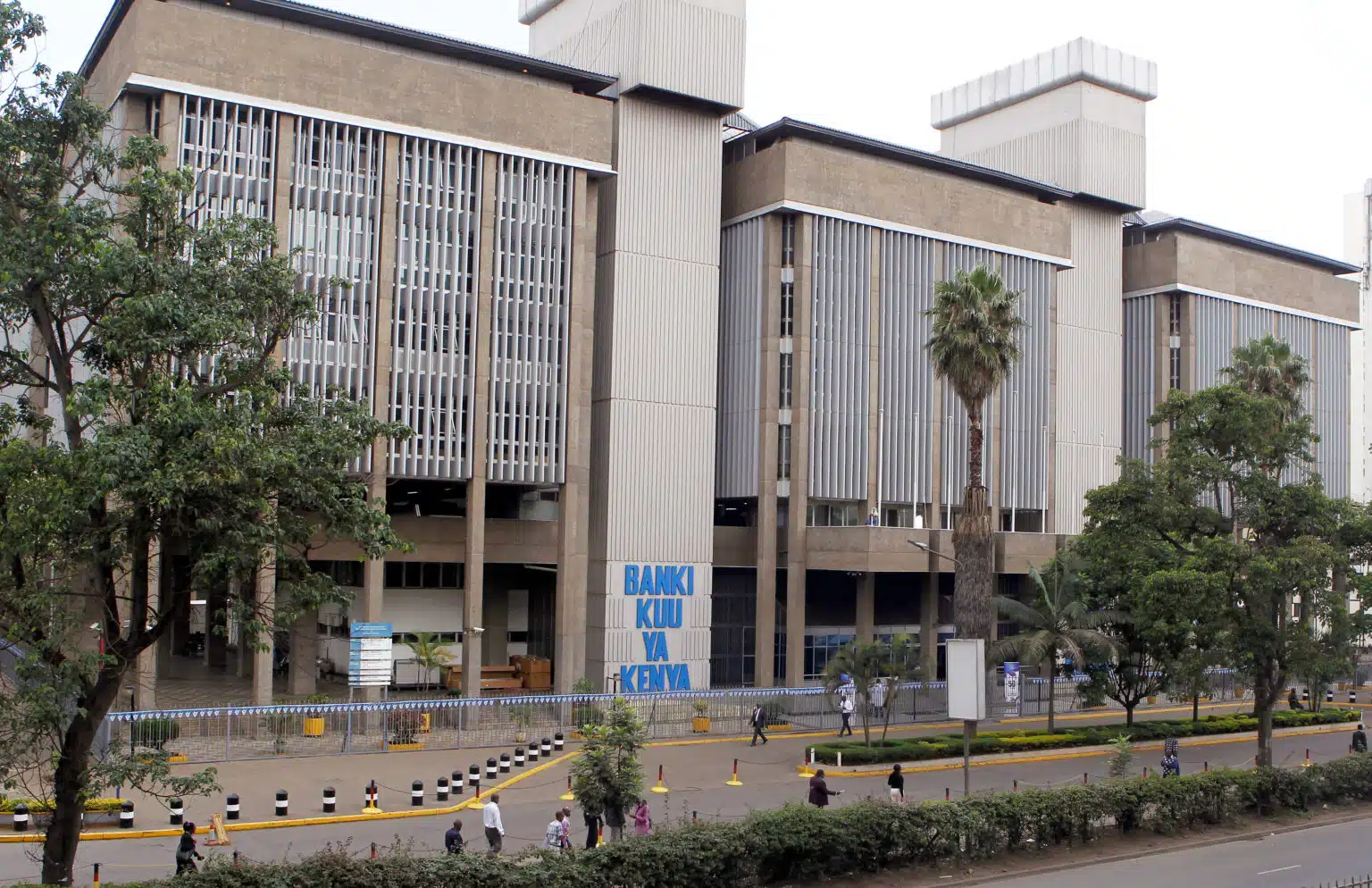Namibia’s central bank has directed all commercial banks to reduce their lending rates by 25 basis points in two phases before the end of 2025.
This move aimed at narrowing the gap between policy and market rates and strengthening the transmission of monetary policy.
The directive by the Bank of Namibia (BoN), requires commercial lenders to lower the spread between the repo rate (the central bank’s lending rate) and banks’ lending rates—such as the prime and mortgage rates—by 12.5 basis points by 30 September, and by another 12.5 basis points by 31 December.
“In my capacity as Acting Governor and under the power vested in the Bank by section 3(1) of the Banking Institutions Act, 2023 (Act No. 13 of 2023), I hereby issue the Notice BIA: 1/2025 – Reduction of the Spread Between the Prime Rate, Mortgage Rate and any other Lending Rate and Repo Rate,” said Acting Governor Leonie Dunn.
The central bank is seeking to bring Namibia’s interest rate margins in line with other Common Monetary Area (CMA) countries, which include South Africa, Lesotho and Eswatini.
While Namibia’s current spread between the repo and prime lending rate stands at 3.75%, South Africa and Lesotho maintain a narrower 3.5% margin.
The BoN’s decision follows two consecutive meetings where it held its benchmark repo rate steady at 6.75%, citing the need to protect the Namibian dollar’s peg to the South African rand and remain cautious amid global economic uncertainty.
The bank has already delivered four rate cuts earlier in the year but has now shifted focus towards regulatory interventions rather than traditional monetary easing.
Market analysts see the latest move as a technical recalibration rather than a policy pivot. Max Rix, Head of Investment at Simonis Storm, a Namibian wealth management firm, said the order would have a modest impact on banks’ profitability.
“From a banking perspective, this directive will narrow net interest margins on prime- and mortgage-linked credit, modestly diluting interest income. However, given the robust capital adequacy and liquidity of Namibian banks, the sector remains well positioned to absorb this adjustment without any systemic risk,” he said.
The phased reduction is designed to give banks time to adjust, with each institution required to submit a written confirmation of compliance signed by its chief executive.
The BoN’s move is expected to ease the cost of borrowing for households and businesses, particularly those on variable-rate loans, as the country continues to face weak private sector credit growth.
“This action does not represent a traditional monetary easing, since the repo rate itself remains unchanged. Instead, it is best understood as a regulatory recalibration to enhance monetary policy transmission by lowering borrowing costs, ensuring that prior policy rate movements filter through more fully to end-users,” Rix said.
The central bank has increasingly expressed concern that banks’ prime lending rates have not fallen in tandem with previous policy rate cuts, thereby weakening the intended stimulus to the real economy.
By enforcing a narrower spread, the BoN aims to strengthen the impact of its monetary decisions while maintaining financial system stability.
Namibia’s commercial banking sector, dominated by subsidiaries of South African lenders, has shown strong profitability and high capital buffers in recent years, putting it in a position to comply with the BoN’s directive without significant balance sheet stress.









